Acclaim for JULIA BLACKBURNS

DAISY BATES

IN THE DESERT
Lyrical [and] visionary. A beautiful fusion of fiction and biography.
Washington Post Book World
The rare facts of Daisy Batess life yield the most gorgeous patterns of light and shadow. Blackburns writing is pure and lovely.
Los Angeles Times Book Review
A hauntingly beautiful account of what happens when a woman elects to leave one world and enter another. Julia Blackburn understands that the power of the desert lies in its ability to make us disappear.
Terry Tempest Williams, author of Refuge
Intriguing. Triple-sourced in fiction, biography, and autobiography; Blackburn paints her own writing self atop the wall of a woman who was Daisy Bates. The result is a frescoan organic togethering of one souls artful architecture and anothers well-constructed art.
Village Voice Literary Supplement
A stunning portrait of one of the worlds most eccentric, lonely and worthwhile women. This is a marvelous biography of an obscure genius and an unsung hero.
Gretel Ehrlich, author of The Solace of Open Spaces
This haunting biography of Daisy Bates, an enigmatic woman of the Australian desert, is kind and strangely fetching. It is Julia Blackburns understanding heart, as much as her skill as a writer, that suspends a delicate truth so well in these pages.
Barry Lopez, author of Arctic Dreams
Like her subject, Blackburn blends fact and fiction to create a poetic version of a life that makes us feel we are seeing Aboriginal culture from Daisy Batess own unique and peculiar perspective.
Elle
An excellent memoir. The prose is spare but telling. The images of Bates are striking. A sterling performance.
Minneapolis Star Tribune
Daisy Bates in the Desert is not only fascinating, but speaks to anyone who has wanted different parents, a more auspicious background, a new world to conquer.
Detroit Free Press
Strange, audacious and hauntingly sad a lament for a spoilt land and its lost people. At one level, this is the story of a remarkable individual life, a story rendered the more peculiar and fascinating by Blackburns graceful prose and ever-surprising vision. At another, it is a desolating account of the near-destruction of what Blackburn has Bates call the oldest, most interesting people in all the world.
The Sunday Times (London)
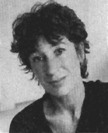
JULIA BLACKBURN

DAISY BATES

IN THE DESERT
Julia Blackburn is the author of Charles Waterton, The Emperors Last Island, and The Book of Color. She is married with two children and lives in Suffolk, England.
Also by JULIA BLACKBURN
The Emperors Last Island
Charles Waterton
The Book of Color
 First Vintage Departures Edition, August 1995
First Vintage Departures Edition, August 1995
Copyright 1994 by Julia Blackburn
All rights reserved under International and Pan-American Copyright Conventions. Published in the United States by Vintage Books, a division of Random House, Inc., New York. Originally published in Great Britain in hardcover by Martin Secker and Warburg Limited, London, in 1994. First published in the United States in hardcover by Pantheon Books, a division of Random House, Inc., New York, in 1994.
The Library of Congress has cataloged
the Pantheon edition as follows:
Blackburn, Julia.
Daisy Bates in the desert/Julia Blackburn.
p. cm.
Includes bibliographical references.
1. Bates, Daisy, 18611951.
WomenAustraliaBiography. 3. AustraliaBiography.
4. Australian aboriginesSocial life and customs.
5. Australian aboriginesSocial conditions. I. Title.
GN21.B38B53 1994
305.4092dc20
[B] 94-1666
eISBN: 978-0-307-82923-8
Author photograph Jerry Bauer
v3.1
In memory of my father, Thomas Blackburn, 191677
Contents

ACKNOWLEDGEMENTS

I was able to consult the Bates Papers in the libraries of Canberra, Sydney and Adelaide, and to go on an expedition to Ooldea and the area around Head of Bight and the Nullarbor Plain, thanks to a travel grant from the Society of Authors and the kind help of the Australian Tourist Commission.
In Australia I am indebted to Rory Barnes, who has done a great deal of invaluable research for the book. I would also like to thank Alec Baldock at the Streaky Bay Museum, John and Francis Barnes, Wendy Borches, Maggie Brady, Tom Gara and in particular Vida Thompson in whose house Daisy Bates had stayed during the late 1940s. I am very grateful to Archie Barton, the co-ordinator of the Maralinga Tjarutja Community, which now owns the lands in the Ooldea region, and to Denis Brown, who was our guide when we went into the desert. All the people I had the pleasure of meeting at Yalata and Ooldea were kind and helpful, but it was Nellie Queama and Huwie Windlass who gave me the most vivid recollections of Daisy Bates.
I would also like to thank Gwylan Bell, Shona Crawford-Poole, Kiek Droogleever Fortuyn, Toby Eady, Max Eilenberg, Christopher Glass, Dan Frank, Dan Franklin, Joy Jeffries, Gudrun Reinke, Basil Saunders and Mary Siepmann. My husband Hein Bonger and our two children Martin and Natasha travelled on this journey with me.

PART ONE

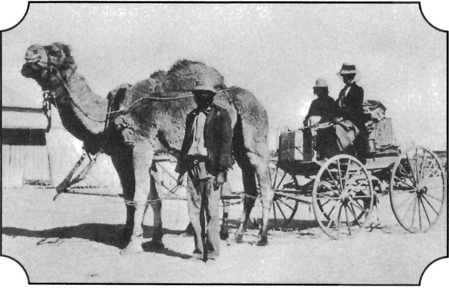

ONE

There was once a woman who lived in the desert. There had been no rain for a long time and her eyes were tired from the dazzling brightness of the sky above her, the red monotony of the sandhills that surrounded her like a vast ocean. She wanted something green to look at so she took the stalk of a cabbage and leant it against the smooth trunk of the acacia tree that stood near her tent. Then she sat and stared at it, her thoughts drifting in the heat of the day.


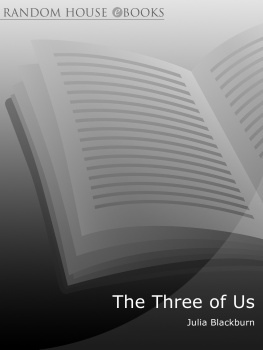
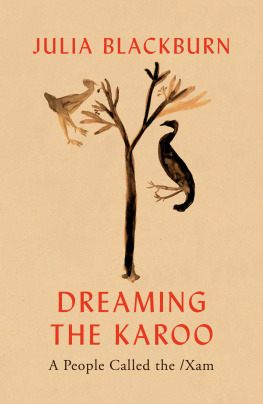
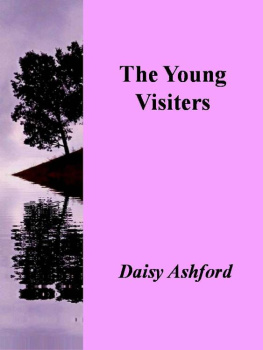

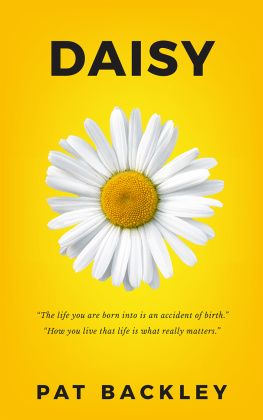

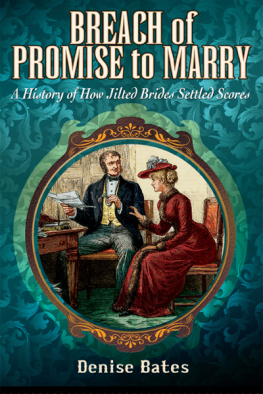
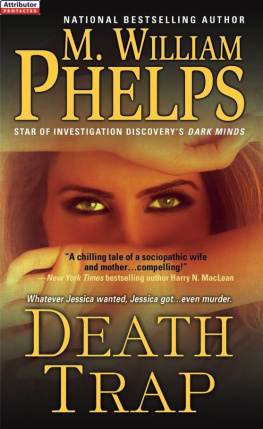
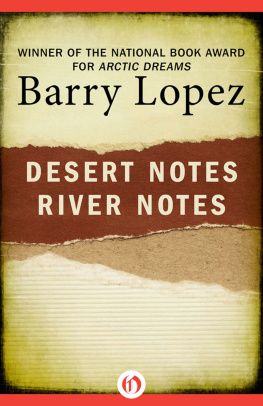
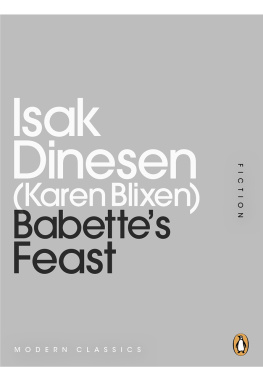

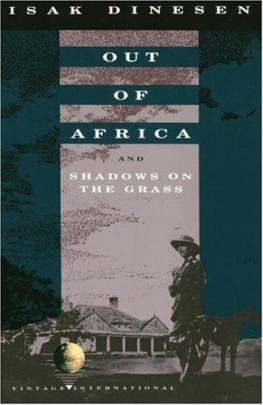

 DAISY BATES
DAISY BATES 

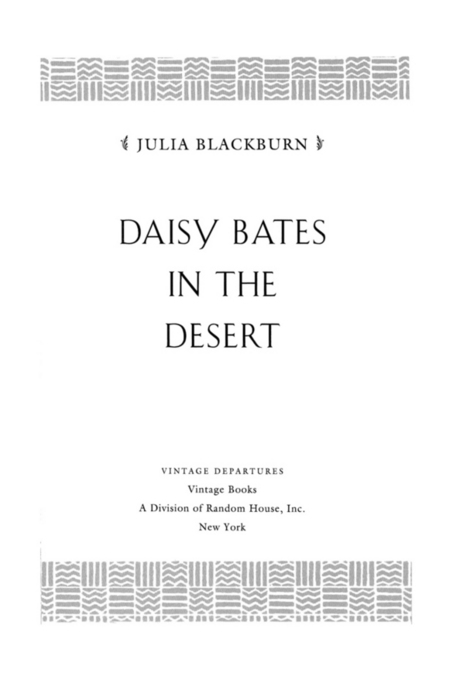
 First Vintage Departures Edition, August 1995
First Vintage Departures Edition, August 1995